November 2021
FV623 Stalwart
Alvis FV623 Stalwart Mk.2 Artillery Limber
Royal Artillery, BAOR, West Germany 1969.
ACE 1/72
Images and text © www.gengriz.co.uk unless otherwise noted
Building the ACE FV-
This was my first build of an ACE kit, and it delivered a mix of frustration and satisfaction. The kit is complex, with very small and delicate parts, as well as instructions that are decidedly vague. The main problem area is the suspension, which has a commendable number of parts, but not all fit and their drawings are less than helpful.
Cab windows are acetate -
Decals are good, but with the exception of the privately owned (and “What-
To sum up then, a good kit for the more experienced modeller, with good eyesight, delicate touch and patience !
Entering British Army service in the mid 1960s, the Stalwart, or "Stolly" used much the same running gear as the rest of the FV600 series, although its Rolls Royce engine was moved to a low central position underneath the load carrying deck and connected to a pair of steerable Dowty waterjets, making the Stolly fully amphibious.
As well as a 5 ton carrying capacity and creditable performance in the water, the
Stalwart had a remarkable off-
Stalwarts gave excellent service, but were finally withdrawn from service in the early 1980s, not least because of their very thirsty petrol fuelled engines.
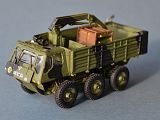
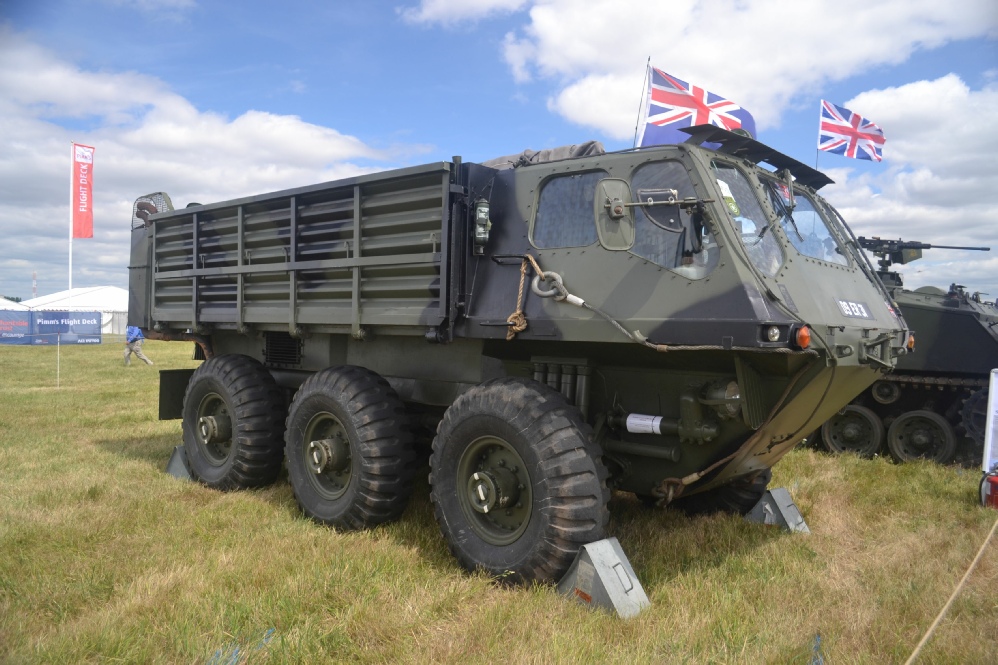
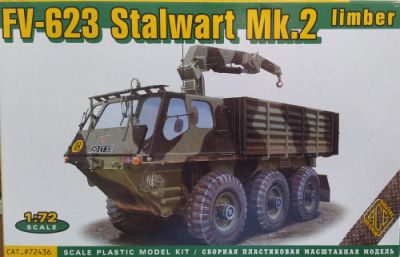
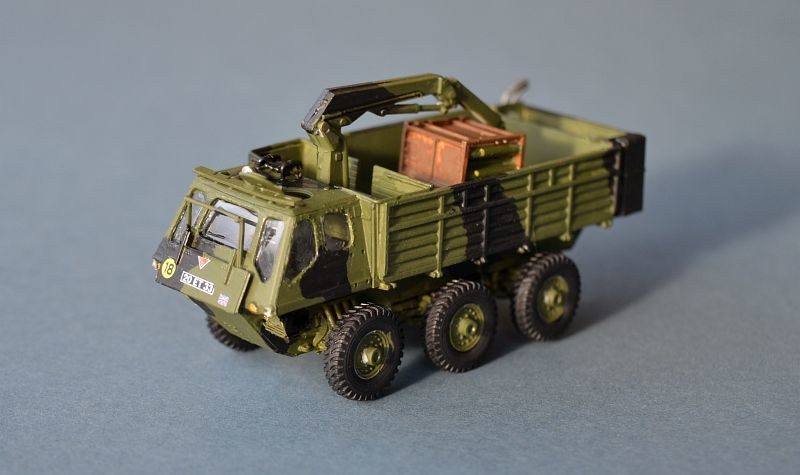
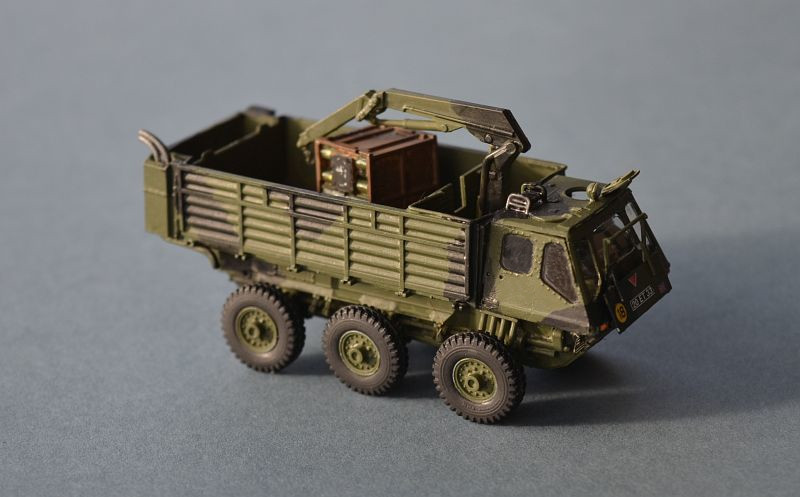
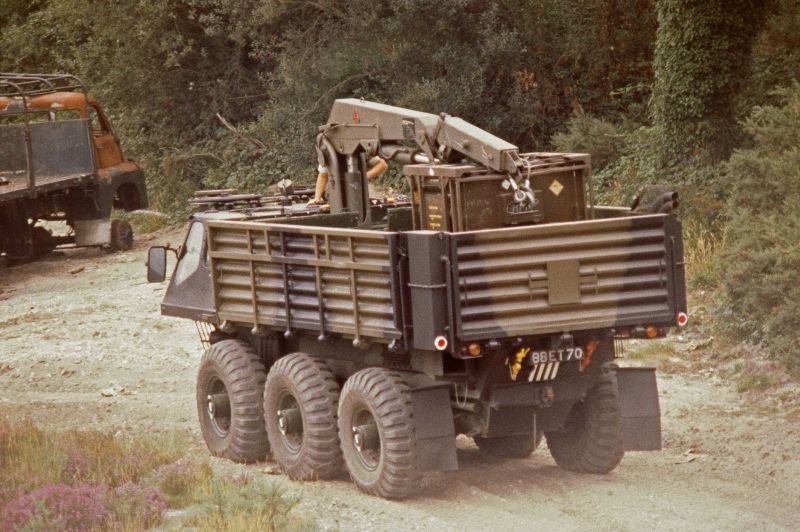
Image Copyright: Timothy Neate